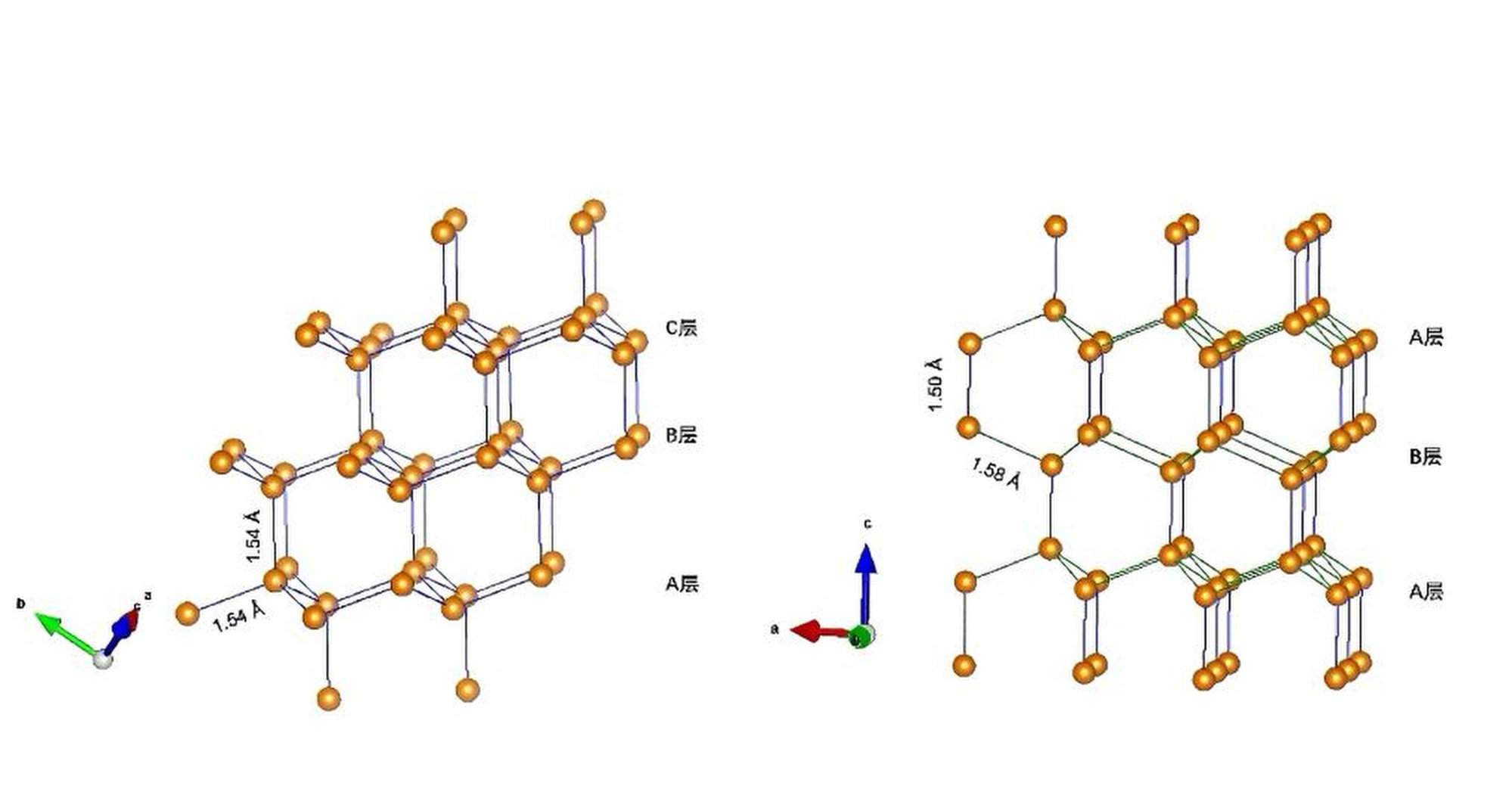
Breakthrough in Diamond Synthesis
Researchers in China have made a significant breakthrough by successfully recreating the elusive "meteorite diamond" in a laboratory setting. This achievement has settled a six-decade-long debate about the material's existence and opens up new possibilities for advancements in defense and electronics.
The first hexagonal-structured diamond was discovered in 1967 within the Canyon Diablo meteorite that struck Arizona 49,000 years ago. It was believed to have formed from graphite under intense heat and pressure generated by the impact with Earth. While all diamonds consist of carbon atoms, they are not limited to the well-known cubic structure. For years, research teams around the world have attempted to recreate this hexagonally arranged variant with its unique atomic stacking.
In an article published on July 30 in the peer-reviewed journal Nature, Chinese researchers detailed how they achieved high-purity hexagonal diamond crystals of 100 micrometres in size, providing definitive proof of the material's macroscopic existence. The team combined expertise from the Centre for High Pressure Science and Technology Advanced Research and the Chinese Academy of Sciences' Xian Institute of Optics and Precision Mechanics.
Previous attempts to synthesize the material typically yielded cubic diamonds or mixed-phase samples rather than pure hexagonal structures. According to the paper's corresponding author Luo Duan, the hexagonal diamonds created by other researchers were at the nanoscale—thousands of times smaller than the Chinese team's result. These typically existed as products of impact synthesis or as miniature particles and had not yet been realized in bulk samples suitable for structural performance testing.
Luo added that the research team's innovation had the potential to "create international patent barriers," providing a solid foundation for subsequent technology transfer and industrialization. The hexagonal structure promises superior hardness and thermal properties, with potential applications in cutting tools, superhard abrasives, high-performance electronic devices, quantum technology, and high-efficiency heat dissipation devices.
According to Luo, the hexagonal diamond is a structural variant of the cubic version with the same mechanical, thermal, and optical properties—and is even superior in some respects. The paper's lead author Yang Liuxiang, from the Centre for High Pressure Science and Technology Advanced Research, explained that the team's achievement was possible due to two key factors. First, selecting ultra-pure, impurity-free natural graphite single crystals as raw material facilitated the creation of highly ordered, micrometre-sized hexagonal diamond samples. Second, they used live monitoring—gradually compressing graphite crystals while watching structural changes with real-time X-ray imaging. This prevented defects and produced pure, perfectly formed hexagonal diamond blocks.
A separate report from the institute in Xian stated that the experiment confirmed the hexagonal diamond was "a truly independent material, resolving nearly 70 years of debate about its structure and formation pathways." According to the performance data, the material rivals premium natural diamonds in hardness—reaching 110 gigapascals—while exhibiting superior compressive strength and impact resistance.
The material achieved a thermal conductivity five times greater than copper's while maintaining structural stability at 1,100 degrees Celsius—far exceeding conventional semiconductor cooling materials. The study also noted that the material's non-uniform anisotropic structure could potentially yield piezoelectric and ferroelectric properties that may one day power quantum sensors and high-frequency devices.
Luo from the Xian institute said the team's synthesized samples "already meet industrial manufacturing standards for ultra-cutting and wear-resistant materials." The researchers are now striving to make larger, higher-quality samples for practical applications. To achieve this goal, the team will need to optimize the synthesis conditions and explore nanocrystal engineering, among other things, he said.
Fellow author Mao Ho-kwang, from the research centre, said that the material was expected to pioneer new pathways for developing ultra-hard materials and advanced electronic devices. "Very excitingly, this is just the beginning. The hexagonal diamond ... has been predicted with many extremely favorable mechanical, electrical, thermal, and optical properties comparable and complementary to [cubic] diamonds."
Tidak ada komentar:
Posting Komentar